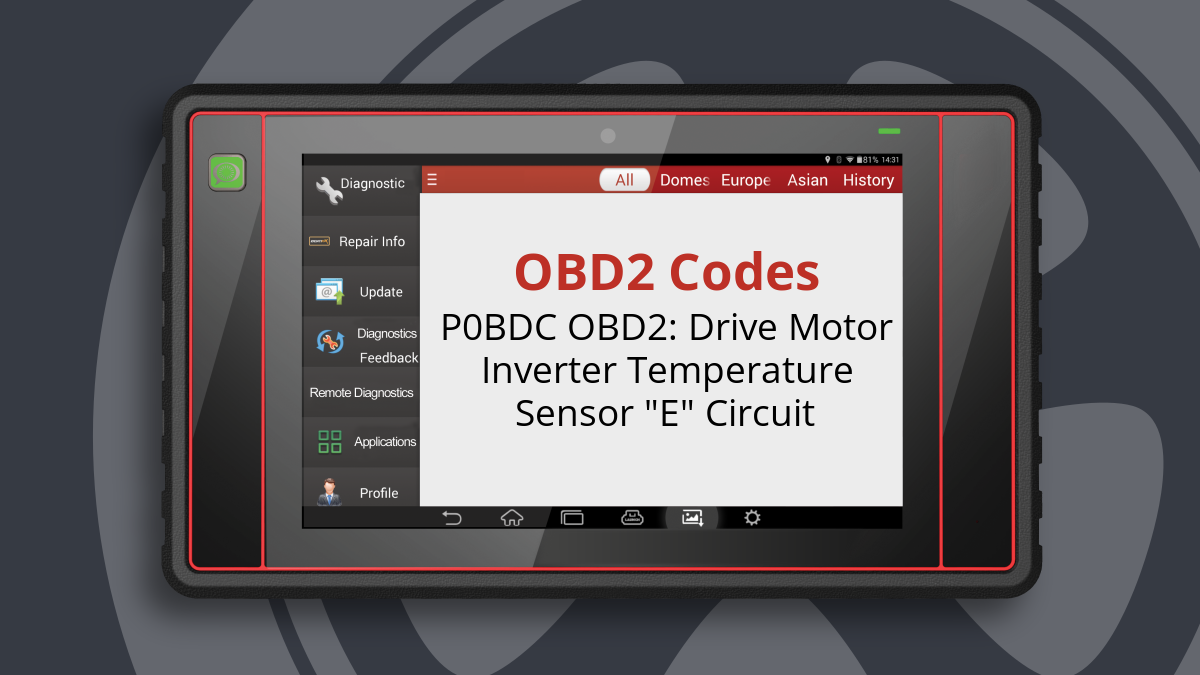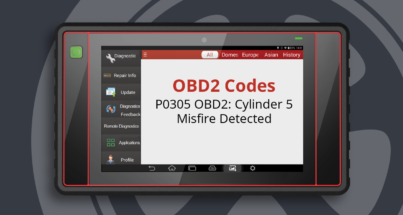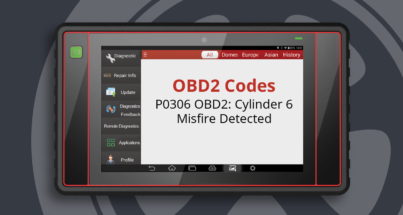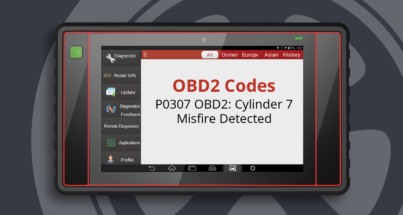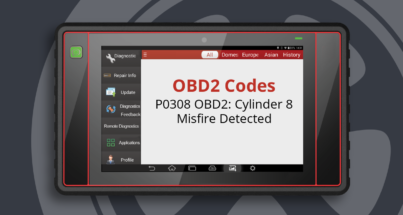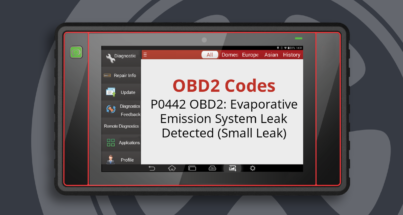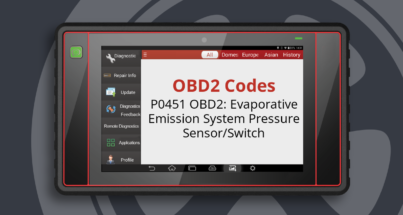What Does the P0BDC Code Mean?
The OBD-II code P0BDC refers to a malfunction in the Drive Motor Inverter Temperature Sensor “E” Circuit. This error indicates that the high voltage system may not operate correctly due to potential issues in the inverter/converter assembly, particularly regarding temperature regulation.
What Causes the P0BDC Code?
This code is triggered when the Inverter/Converter Assembly’s built-in temperature sensor detects an abnormal temperature or a sudden change in temperature. The High Voltage control module monitors these parameters, and when it identifies a problem, it sets the P0BDC code.
What Are the Symptoms of the P0BDC Code?
- High voltage system may not operate
- High voltage system temperature light may be illuminated
How Serious Is the P0BDC Code?
The P0BDC code is classified as an urgent issue. It signifies a significant malfunction that could potentially lead to severe damage to the vehicle or pose safety risks to the driver and passengers. Immediate attention is recommended.
How to Diagnose the P0BDC Code
Diagnosing the P0BDC code involves utilizing an OBD-II scanner to read the code and any related codes. A qualified mechanic will inspect the inverter/converter assembly, temperature sensors, and associated wiring for faults. It’s crucial to ensure that the issue is correctly identified before proceeding with repairs.
Common Repairs for the P0BDC Code
Repairing the P0BDC code may involve:
- Replacing the faulty inverter/converter assembly
- Repairing or replacing damaged wiring or connectors
- Replacing the malfunctioning temperature sensor
How Much Does It Cost to Fix the P0BDC Code?
The cost to repair the P0BDC code can vary significantly based on the specific issue. On average, you might expect to pay anywhere from $200 to $1,500, depending on whether you need a simple sensor replacement or a complete inverter assembly replacement.
Can I Fix the P0BDC Code Myself?
While some aspects of diagnosing the P0BDC code can be done by a knowledgeable DIYer, it is generally recommended to seek professional help. Proper diagnosis is key to addressing the root cause of the issue, as simply replacing sensors without thorough investigation may lead to unnecessary repairs.


